Rise, fall, and rebirth of New Orleans East
“We deserve to live in a safe, clean, healthy environment,” said Taylor. She hopes more families will get involved and start taking pride in their community.
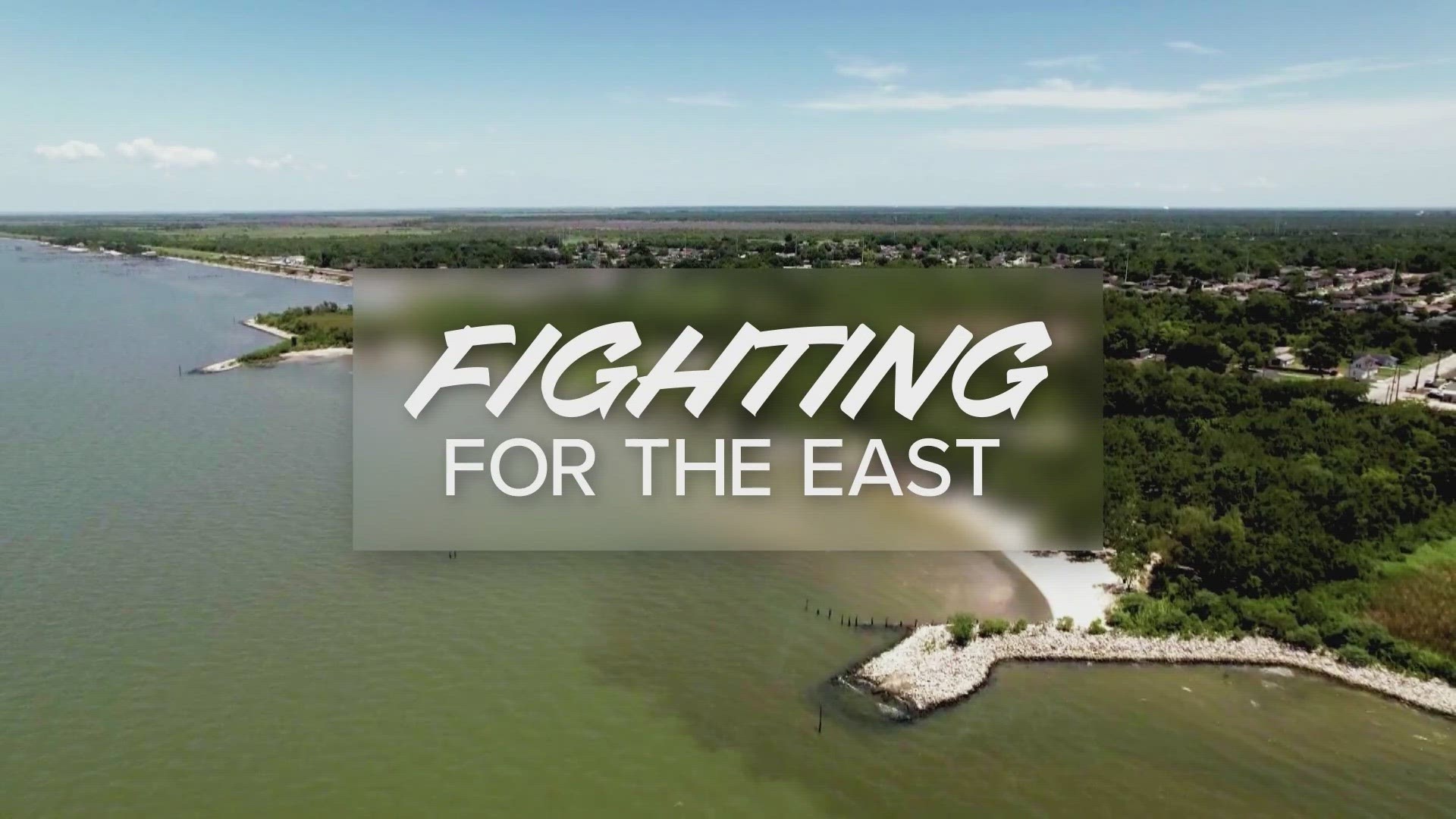
Candice Taylor said life in New Orleans East before Hurricane Katrina was filled with good memories.
“I remember being able to hang out and play with my friends,” she said. “I remember the mall and the skating rink.”
Taylor claims that at the time, life in the East was about “family, community, community schools and an overall positive experience.”
After Katrina, Taylor and her family moved to Texas. When she moved back several years later, she said the East had changed.
“You can tell it has not been kept or maintained,” she explained. “From a green space standpoint, litter and trash. Grass not being cut on the levee.”

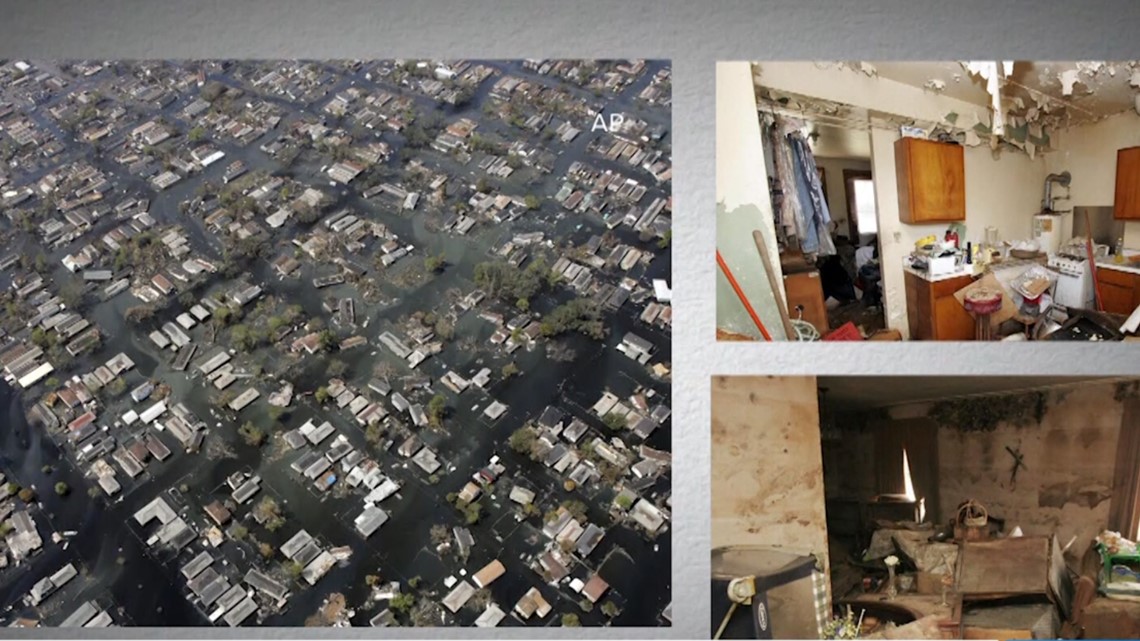
The stigma plaguing the East is a narrative UNO professor Charles Miller is trying to change. In his dissertation entitled “The East – A Look at the retail redlining of a Black middle-class suburb,” Miller explored what led to the rise and fall of the bustling community.
“A lot of my research compares New Orleans East to other Black middle-class neighborhoods in America,” said Miller. “The research is very clear, Black middle-class suburbs suffer from higher social problems and disinvestment than even lower-class white neighborhoods.
According to Miller, disinvestment wasn’t always the case in the East because the East was not initially intended for Black families.
“They had these grand ambitions in the 60s to build what was called a city within a city,” said Miller. “It was New Orleans's effort to mitigate white flight to Jefferson Parish, to keep and preserve the white middle class in Orleans Parish. But what ended up happening was New Orleans East became one of the first parts of the metro to racially integrate primarily middle-class Blacks moving to the East, from a lot of your older neighborhoods in New Orleans.
Miller said the 80s became the turning point for the East.
“When the oil crash hit, there was a huge increase in foreclosures in the East, a lot in the oil and gas industry,” he said. “So, a big white flight to the Northshore in the 80s. More Black middle class moved in.”
Shift in perception...
By the late 80s, Miller said there was an influx of lower-class Blacks moving into the apartments that were accepting Section 8 vouchers. He said they were disproportionately steered to New Orleans East throughout the 80s and 90s.
By the time Katrina hit in 2005, Miller said the East, as it was known, was unrecognizable. Miller believes the low-income housing along the interstate did not help the effort to revitalize the area after the storm.
“For instance, [when] apartments are being proposed in Slidell, they would often reference 'We don't want to become another New Orleans East,'” said Miller. “So, kind of a euphemism of apartments equal Black.”
WWL Louisiana asked Miller what was wrong with having affordable housing options in New Orleans East.
“It wasn't necessarily against low-income housing or affordable housing in general, it was that it was disproportionately in New Orleans East over other areas,” he said. “There was a constant reference to Lakeview and Uptown.”
Commalita McKee grew up in the East. When she returned after Katrina, she was shocked to see the disinvestment.

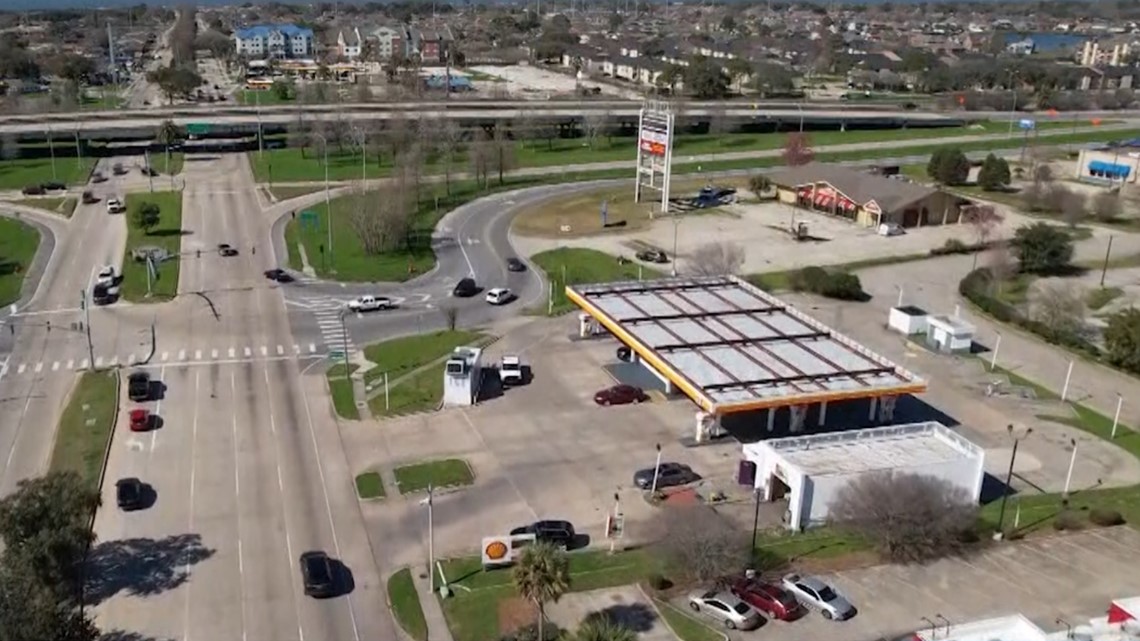
“You know, when there's white flight, the assumption is that the Blacks who are there are not able to sustain the businesses, “said McKee.
McKee believes retailers are refusing to acknowledge the Black dollar.
“When you start to notice it, you can't unsee it,” said Miller. “Basic things are lacking in New Orleans East that are elsewhere. So you have a whole area where all they have is one Walmart, on Bullard, and a Winn Dixie on Chef Mentaur. You go to Vets and Metairie, there's like eight grocery stores in a four-block span.”
Charles Miller said his research led him to several solutions to revitalize the East. Some he said will take time, but there are steps he believes the city of New Orleans can enact immediately.
For starters, Miller wants city leaders to rethink affordable housing. Get more aggressive with addressing blight and cleaning up I-10.

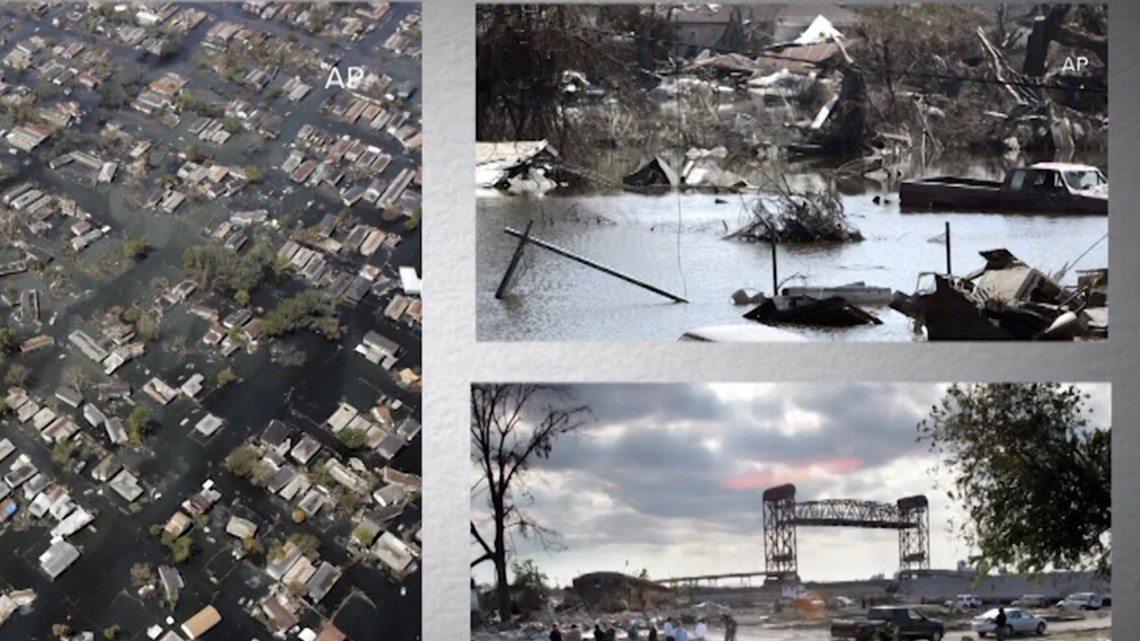
“There is low-hanging fruit that We could do to make it better right away,” said Miller. “When you drive down the I-10 neutral ground in New Orleans East, the trees, it's just unkempt. That can easily be cleaned up,” he said. “The lights are not on still. The lights weren't on after Katrina. Here we are 18 years later, the lights are still not on, on the interstate.”
What's being done...
Tangee Wall is president of New Orleans East Matters, an organization dedicated to changing what she said is a negative narrative about the East.
“Our home ownership is there,” said Wall. “Our schools are there; our seven beautiful mega-churches are there. So where is it with the businesses?
Wall believes events like the New Orleans East Festival are proving that pride and eagerness to redevelop the East are strong. Wall wants to see more investment in the East, and so does District E Councilman Oliver Thomas.
“We cannot continue to stuff stuff downtown,” said Thomas. “The infrastructure can't take it. Look at the natural topography: the waterways, Lincoln Beach, Six Flags, this Cajun Fire site, Bayou Sauvage. This is the old frontier, which is being offered as a new frontier again here in New Orleans.”
Thomas claims a negative mindset towards the East has to change.
"This is one of the largest African-American districts in the Gulf South and in this region. It is a major disservice to continue to stereotype anytime Black folks dominate an area as something negative,” he said. "Especially when you have all of the assets and all of the positive people here.”

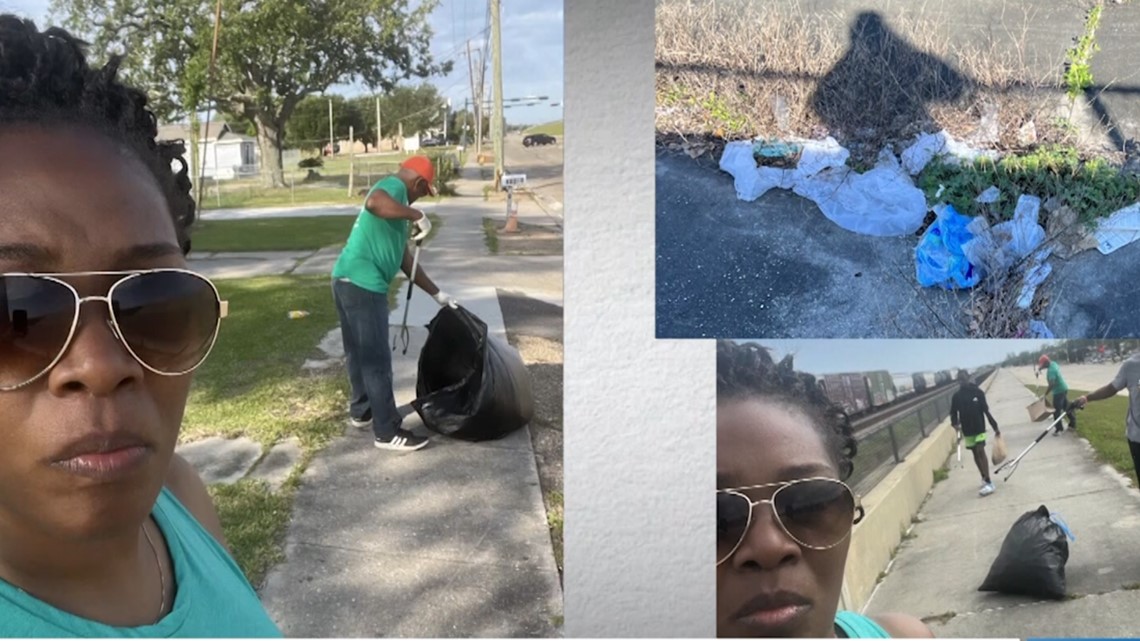
Those are some of the very reasons Taylor and her family started the Hayne Boulevard Revitalization Initiative, cleaning up their piece of New Orleans East.
“It brings on a feeling of value,” said Taylor. “And importance. We deserve to live in a safe, clean, healthy environment.”
Taylor hopes more families will get involved and start taking pride in their community.
“The East is prime for anything and everything,” she said. “They say eat, work, play, we are primed for it. So, I'm very hopeful that the East will return to what it once was even better when I was a child.”
► Get breaking news from your neighborhood delivered directly to you by downloading the new FREE WWL-TV News app now in the IOS App Store or Google Play.

